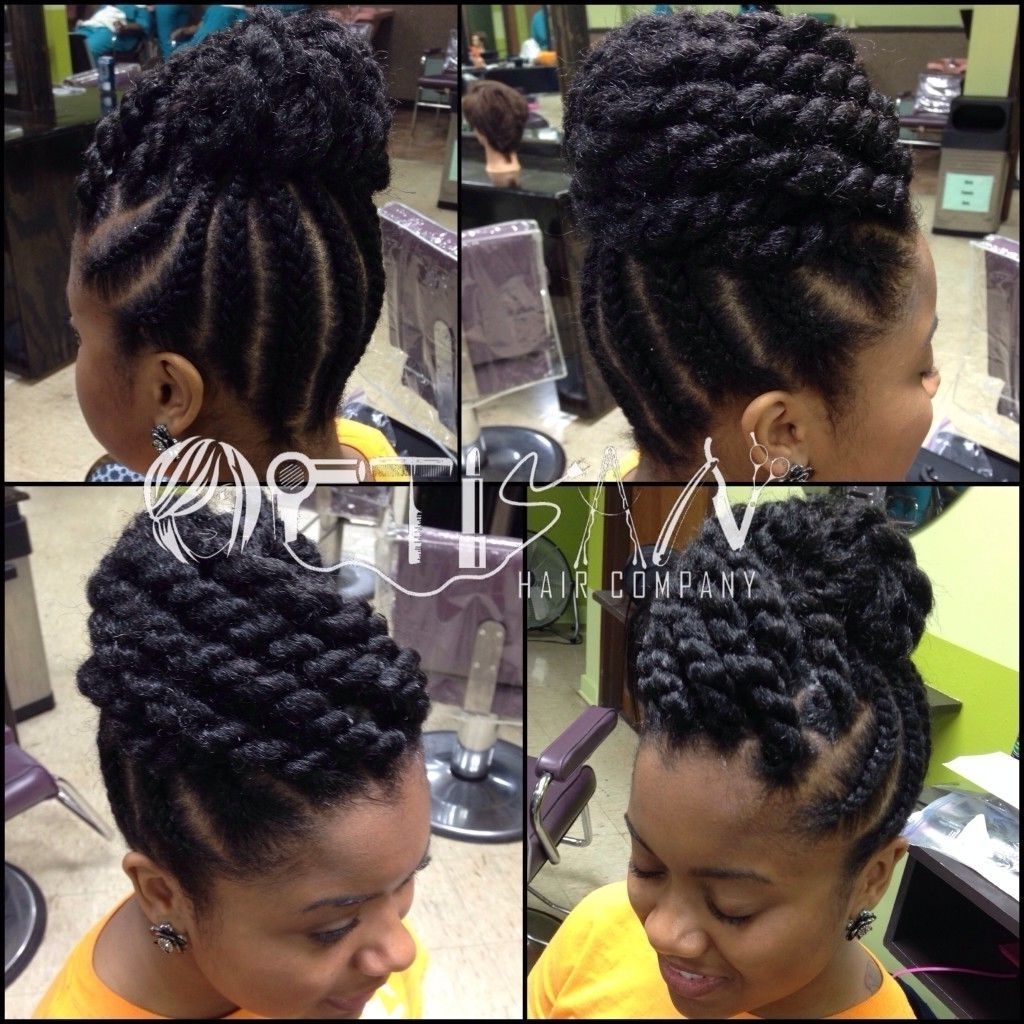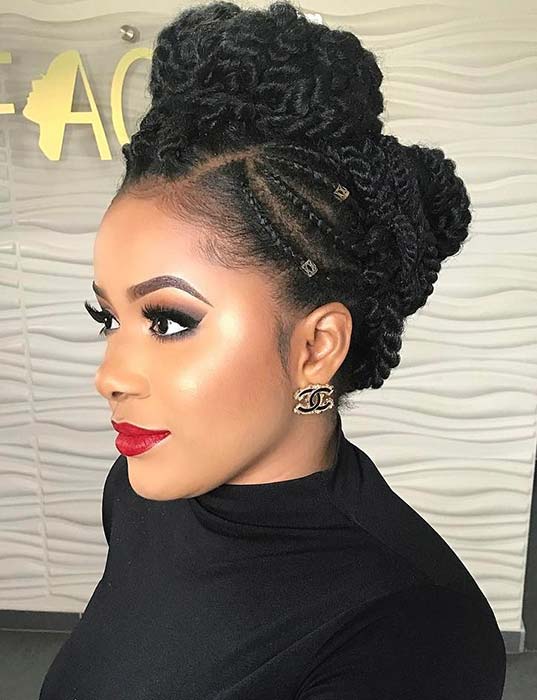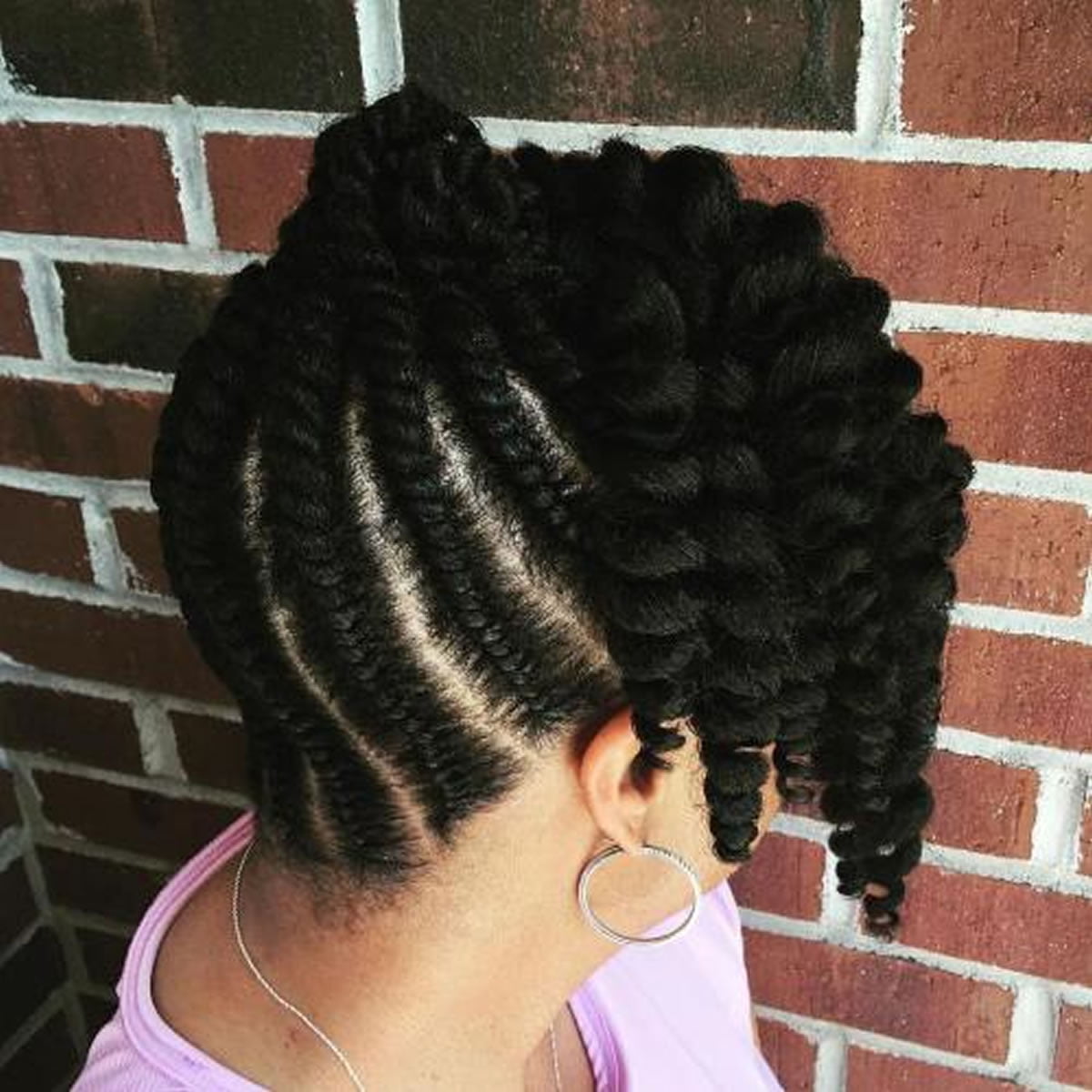African American braided updos have become a powerful symbol of cultural identity and self-expression. These hairstyles not only showcase creativity but also honor the rich heritage of African American traditions. With their versatility and elegance, braided updos continue to captivate individuals across the globe.
From intricate designs to bold statements, these hairstyles reflect the diversity and innovation within the African American community. Whether for special occasions or everyday wear, braided updos offer a timeless appeal that resonates with people of all ages and backgrounds.
In this article, we will explore the world of African American braided updos, delving into their history, techniques, variations, and cultural significance. We'll also provide practical tips and styling ideas to help you create stunning looks that celebrate your unique identity.
Read also:Jonah Hills Surprising Journey Exploring His Surfing Adventures And Girlfriend
Table of Contents
- History of African American Braided Hairstyles
- Types of African American Braided Updos
- Techniques for Creating Braided Updos
- Choosing the Right Style for Different Occasions
- Maintenance Tips for Braided Hairstyles
- Benefits of African American Braided Updos
- Popular Variations and Trends
- Cultural Significance of Braided Hairstyles
- Styling Tips for Beginners
- African American Braids in Fashion and Media
History of African American Braided Hairstyles
African American braided updos have deep roots in African culture, tracing back thousands of years. Traditional braiding patterns were not only a form of personal adornment but also carried symbolic meanings related to social status, age, religion, and tribe affiliation. As African descendants were brought to the Americas during the transatlantic slave trade, these hairstyles became a means of preserving cultural heritage amidst adversity.
Over time, African American braided updos evolved, incorporating new techniques and styles while maintaining their connection to ancestral traditions. Today, they represent a fusion of historical influences and modern creativity, making them an integral part of Black culture.
Did you know? According to research published in the Journal of Black Studies, braiding practices played a crucial role in maintaining community bonds and passing down cultural knowledge across generations.
Types of African American Braided Updos
Box Braids
Box braids are one of the most popular styles among African American braided updos. Characterized by their clean, geometric parting, box braids can be styled into various updos, including buns, twists, and chignons.
Senegalese Twists
Senegalese twists involve twisting synthetic hair extensions around natural hair strands. This style offers versatility and can be incorporated into elegant updos for formal events.
Marley Braids
Marley braids, known for their lightweight texture, are ideal for creating voluminous updos. They are often used in festival or bohemian-inspired looks.
Read also:Princess Diana Tiara The Timeless Icon Of Royalty And Elegance
Techniques for Creating Braided Updos
Mastering the art of braiding requires practice and patience. Here are some essential techniques to consider when creating African American braided updos:
- Start with a clean, moisturized scalp to ensure smooth parting.
- Use high-quality hair extensions for durability and shine.
- Apply edge control or gel to define and smooth flyaway hairs.
- Gather braids into a ponytail before twisting or wrapping into an updo.
For professional results, consult with experienced stylists who specialize in African American haircare.
Choosing the Right Style for Different Occasions
African American braided updos can be customized to suit any occasion. Here are some suggestions:
Weddings and Formal Events
Opt for sleek, polished styles such as braided buns or chignons adorned with accessories like pearls or beads.
Casual Gatherings
Loose braided updos with playful textures work well for relaxed settings. Add a scarf or headband for extra flair.
Festivals and Outdoor Activities
Bohemian-inspired braids, such as fishtail or waterfall braids, are perfect for outdoor adventures. They provide both style and functionality.
Maintenance Tips for Braided Hairstyles
Proper care is essential to prolong the lifespan of African American braided updos. Follow these tips to keep your hairstyle looking fresh:
- Moisturize your scalp regularly with oils or creams suitable for braided hair.
- Sleep on a silk or satin pillowcase to prevent friction and breakage.
- Avoid excessive handling or pulling on the braids to maintain their structure.
- Protect your updo from harsh weather conditions using a silk bonnet or scarf.
Remember to schedule regular touch-ups with your stylist to ensure your braids remain neat and secure.
Benefits of African American Braided Updos
Braided updos offer numerous advantages beyond their aesthetic appeal:
- They promote scalp health by reducing manipulation and encouraging natural hair growth.
- These styles provide versatility, allowing for endless creative possibilities.
- Braided updos are low-maintenance, making them ideal for busy lifestyles.
- They serve as a powerful expression of cultural pride and identity.
According to a study by the National Institutes of Health, protective styling methods like braiding can significantly reduce hair damage caused by daily wear and tear.
Popular Variations and Trends
The world of African American braided updos is constantly evolving, with new trends emerging each season. Some popular variations include:
Micro Braids
These tiny braids create an intricate, lace-like pattern when styled into updos. They are perfect for achieving a refined, sophisticated look.
Braided Mohawks
This edgy style combines the boldness of a mohawk with the elegance of braids, resulting in a unique and striking appearance.
Bantu Knots
Bantu knots add dimension and texture to braided updos, creating a playful yet chic aesthetic.
Cultural Significance of Braided Hairstyles
African American braided updos hold profound cultural significance, serving as a testament to resilience and creativity in the face of oppression. Throughout history, these hairstyles have been used as a form of resistance against Eurocentric beauty standards, celebrating the natural beauty of Black hair.
In recent years, there has been a resurgence of interest in traditional braiding techniques, sparked by movements advocating for cultural appreciation over appropriation. This renewed focus highlights the importance of honoring the origins and meanings behind these styles.
Styling Tips for Beginners
If you're new to African American braided updos, here are some beginner-friendly tips to get you started:
- Start with simpler styles like basic braids before attempting more complex updos.
- Invest in quality tools and products specifically designed for braided hair.
- Watch tutorials or attend workshops to learn proper techniques from experienced stylists.
- Experiment with different accessories to personalize your look.
Remember, practice makes perfect! Don't be afraid to try new things and find what works best for you.
African American Braids in Fashion and Media
African American braided updos have made a significant impact on the fashion industry, gracing runways and magazine covers worldwide. Designers and celebrities alike have embraced these styles, bringing them to the forefront of mainstream culture.
However, it's important to approach this trend with sensitivity and respect for its origins. By acknowledging the cultural significance of braided hairstyles, we can promote authentic representation and appreciation.
Conclusion
African American braided updos represent more than just hairstyles; they are a celebration of culture, identity, and creativity. From their historical roots to their modern-day variations, these styles continue to inspire and empower individuals across the globe.
We encourage you to explore the world of African American braided updos, whether through experimenting with new styles or learning about their cultural significance. Share your experiences with us in the comments below, and don't forget to check out our other articles for more styling inspiration!
References:
- Journal of Black Studies
- National Institutes of Health
- Fashion Industry Publications


